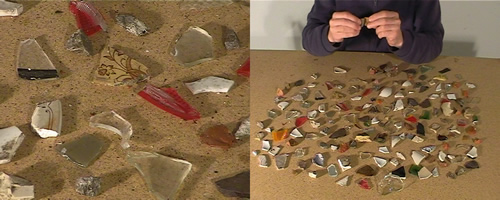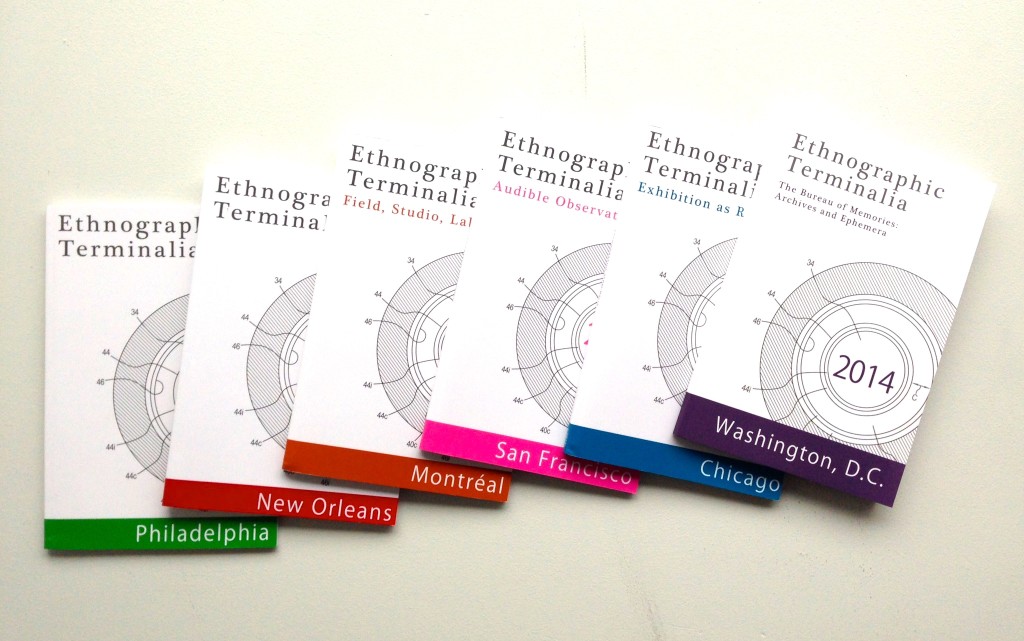The Skull Re-construction Project 2006-08

Simon Rattigan
The project began with my interest in the link between identity and the locations of its formation. I was interested in the image of a fossil hunter in an African landscape, searching for human bone fragments amongst the vast multitude of other debris lying on the ground. This image is reproduced in British popular science media from newspapers, to journals, to television documentaries. The idea of finding an important fossil fragment in the general material lying on the ground is remarkable, and even more so, the highly trained eye that can distinguish bones from the rest of the earth, and then re-construct a possible evolutionary path from a ‘needle in a haystack’ discovery. It seemed an impossible situation – to find a single site of human origin – and therefore it would have to be a place which would be mythical rather than logical. I began to question the notion of searching for an identity based on geographical location. I employed both creative and objective practice to develop a project partly inspired by the story of Piltdown man, a faked fossil find in the south of England that attempted to place human origins firmly, but fraudulently, in Britain. The Piltdown man became for me an example of how racial and nationalist discourses shaped science and in turn society generally.
Taking the form of an investigation, I used drawing, collage, sculpture and video. I constructed a human like skull using debris found on and around the streets of London where I live and travel to and from my studio. The small fragments were collected from the urban environment encountered on my day to day travels about the city, fragments which are durable to the conditions of the city and survived in the cracks and gutters. The fragments appear to have no overall connection apart from the environment in which they were collected and that of the collector myself. The fragments consisted of broken glass, plastics, pottery, car head lights, stone, and concrete and were glued together, aligning the surfaces to suggest that they fit together to form the shape of a alternative species of hominid. The skull took three months to carefully construct. The process was at the heart of the work and this lead to the production of a video so that I could reflect on the role mediation has on process driven practice. The video was made after the skull, and it was intended to appropriate a Palaeoanthropological process of fitting together fragmented bone parts to reconstruct an earlier hominid. The video plays in real time but in reverse, it gives the impression of strange or mystical forces shaping the skull one which is pre-determined. This work seeks to combine the subjective and fictional with the methods of empirical observation exploring the social and cultural conditions of a constructed identity.
Biography
Born 1974 in United Kingdom, Simon Rattigan is a film and video installation artist who grew up in Johannesburg, South Africa. His practice is one of object making, filming and collecting of the over-looked fragments of daily life. These are presented in the form of installations in which Rattigan uses the re-organizing of materials and repetition to engage with ideas of individuality and shared experience. The moving image and sculpture are at the centre of this practice which seeks to question recording media and its influence on history and individual consciousness. He has an interest in anthropology and its relationship to contemporary art. Rattigan currently lives in London, UK.

